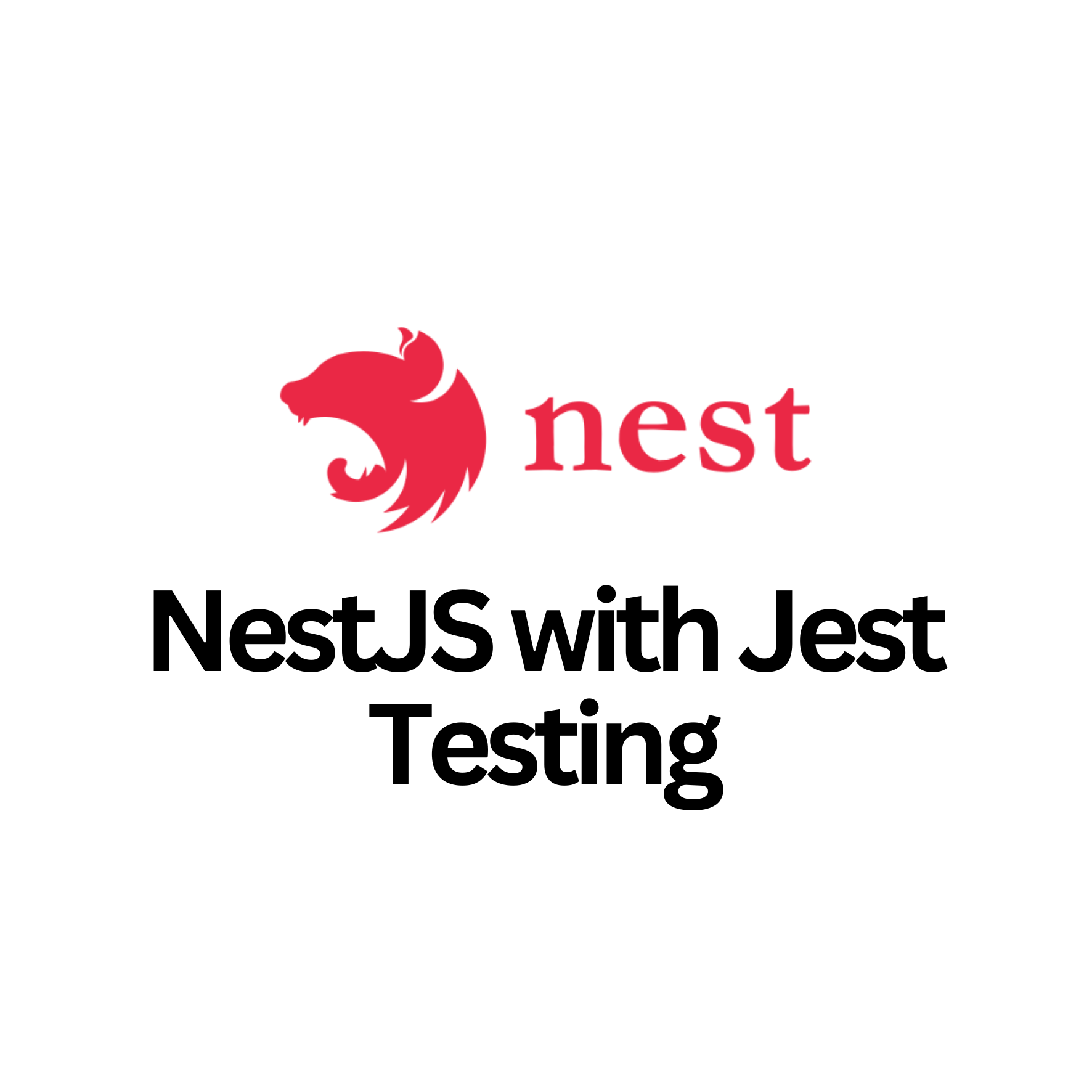Learn how to build scalable applications with NestJS, Jest Testing, Sequelize ORM, and MySQL. This comprehensive guide covers setup, real-world examples, best practices, and interview questions for mastering backend development.
In the fast-paced world of software development, building scalable, maintainable, and testable server-side applications is crucial. NestJS, a powerful framework built on Node.js, has become a favorite among developers for its modular structure and seamless integration with modern tools.
When combined with Jest for testing, Sequelize ORM for database management, and MySQL as a relational database, developers have the tools to tackle real-world challenges efficiently.
Real-World Use Cases
- E-commerce Platforms: Robust APIs for handling orders, inventory, and users.
- Enterprise Solutions: Modular applications integrating seamlessly with other systems.
- Startups: Rapidly prototyping with maintainability and scalability in mind.
This blog will guide you through understanding these technologies, their integration, and practical applications.
What You’ll Learn
- A step-by-step guide to setting up NestJS with Jest, Sequelize, and MySQL.
- Real-world examples with code snippets and explanations.
- Tips, best practices, and common pitfalls to avoid.
- Interview questions and companies that ask about these topics.
Table of Contents
What is NestJS?
NestJS is a progressive framework for building efficient server-side applications with Node.js. It uses TypeScript by default and supports modular architecture and Dependency Injection (DI).
Step-by-Step Guide: Setting Up Your Application
Let’s build a NestJS project with Jest testing, Sequelize ORM, and MySQL integration.
1. Install NestJS and Dependencies
- Create a new NestJS project:bashCopy code
npm i -g @nestjs/cli nest new nestjs-jest-sequelize-mysql cd nestjs-jest-sequelize-mysql - Add Sequelize ORM and MySQL:bashCopy code
npm install --save @nestjs/sequelize sequelize sequelize-typescript mysql2 - Add Jest for testing:bashCopy code
npm install --save-dev jest @nestjs/testing ts-jest @types/jest
2. Configure Sequelize with MySQL
In the app.module.ts, configure Sequelize to connect with the MySQL database.
import { Module } from '@nestjs/common';
import { SequelizeModule } from '@nestjs/sequelize';
@Module({
imports: [
SequelizeModule.forRoot({
dialect: 'mysql',
host: 'localhost',
port: 3306,
username: 'root',
password: 'password',
database: 'test_db',
autoLoadModels: true,
synchronize: true,
}),
],
})
export class AppModule {}
3. Create a Model
Here’s how you can define a User model:
import { Column, Model, Table } from 'sequelize-typescript';
@Table
export class User extends Model {
@Column
name: string;
@Column
email: string;
}
4. Create a Service and Controller
Service:
import { Injectable } from '@nestjs/common';
import { InjectModel } from '@nestjs/sequelize';
import { User } from './user.model';
@Injectable()
export class UserService {
constructor(@InjectModel(User) private userModel: typeof User) {}
async create(data: { name: string; email: string }) {
return this.userModel.create(data);
}
async findAll() {
return this.userModel.findAll();
}
}
Controller:
import { Controller, Get, Post, Body } from '@nestjs/common';
import { UserService } from './user.service';
@Controller('users')
export class UserController {
constructor(private readonly userService: UserService) {}
@Post()
create(@Body() data: { name: string; email: string }) {
return this.userService.create(data);
}
@Get()
findAll() {
return this.userService.findAll();
}
}
5. Write Jest Tests
Here’s an example test for the UserService:
import { Test, TestingModule } from '@nestjs/testing';
import { UserService } from './user.service';
import { getModelToken } from '@nestjs/sequelize';
import { User } from './user.model';
describe('UserService', () => {
let service: UserService;
beforeEach(async () => {
const module: TestingModule = await Test.createTestingModule({
providers: [
UserService,
{
provide: getModelToken(User),
useValue: {
create: jest.fn(),
findAll: jest.fn(),
},
},
],
}).compile();
service = module.get<UserService>(UserService);
});
it('should create a user', async () => {
const createSpy = jest.spyOn(service, 'create');
await service.create({ name: 'John Doe', email: 'john@example.com' });
expect(createSpy).toHaveBeenCalled();
});
});
Best Practices and Common Mistakes
Best Practices:
- Always mock database calls during tests.
- Use modular structure for better scalability.
- Define interfaces for request and response DTOs.
Common Mistakes:
- Hardcoding sensitive data like credentials.
- Forgetting to test edge cases, e.g., invalid input.
- Ignoring database migrations.
Interview Questions
- What is Dependency Injection in NestJS?
- It’s a design pattern where objects are passed their dependencies instead of creating them directly.
- How does Jest improve testing in NestJS?
- Jest provides robust features for mocking, assertions, and snapshots, making testing more efficient.
- Explain Sequelize’s role in a NestJS application.
- Sequelize simplifies database operations by allowing developers to use models instead of raw SQL.
Companies Asking About These Topics
- Amazon: Focuses on scalable frameworks and ORM usage.
- Google: Testing methodologies with Jest.
- Microsoft: Application modularity and database integrations.
- Infosys: Understanding Node.js-based frameworks.
External Resources
Conclusion
By integrating NestJS, Jest, Sequelize, and MySQL, you gain a powerful stack for building efficient, testable, and maintainable applications. This combination prepares developers for real-world challenges and aligns with best industry practices.

